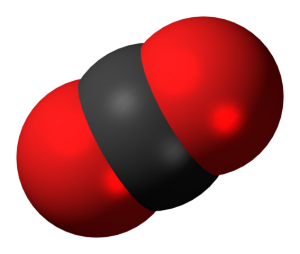Difference between revisions of "Mobile carbon dioxide collector"
(→Related: added link to yet unwritten page * Mechanosynthetic resource molecule splitting) |
|||
| Line 20: | Line 20: | ||
* Airborne: [[Mobile carbon dioxide collector balloon]] | * Airborne: [[Mobile carbon dioxide collector balloon]] | ||
* [[Mechanosynthetic carbon dioxide splitting]] | * [[Mechanosynthetic carbon dioxide splitting]] | ||
| + | * [[Mechanosynthetic resource molecule splitting]] | ||
Atmospheric carbon dioxide can also be gathered directly from a the nanofactory that is going to use the carbon. | Atmospheric carbon dioxide can also be gathered directly from a the nanofactory that is going to use the carbon. | ||
Latest revision as of 12:13, 30 May 2021
A carbon dioxide collector unit is an autonomous devices that can remove carbon dioxide from the atmosphere. Further it can navigate from and back to its home haven. Carbon dioxide collector units do only collect carbon dioxide and rearrange it to energy carrying acetylene molecules (employing solar energy) but do not use it for mechanosynthetic fabrication of products. That is they do not have a nanofactory on-board. It would be possible but also unnecessary and dangerous (see replication hexagon). The nanofactory or microcomponent recomposer device for production of more buoys is instead located at the home haven. Particularly they cant make copies of themselves they can't self replicate.
- seaborne: Mobile carbon dioxide collector buyos
- airborne: Mobile carbon dioxide collector balloons
[carrying capacity; return frequency]
Related
- Seaborne: Mobile carbon dioxide collector buoy
- Airborne: Mobile carbon dioxide collector balloon
- Mechanosynthetic carbon dioxide splitting
- Mechanosynthetic resource molecule splitting
Atmospheric carbon dioxide can also be gathered directly from a the nanofactory that is going to use the carbon. This method is slower but especially mobile devices could balance out excess energy from the feedstock molecules that way instead of just producing just an intense stream of hot air. This would be even more important for mobile devices in a vacuum (space) where excess heat can only be radiated away.
[todo: how is the average energetics from crude oil to diamondoid products - can oil bound carbon be used to remove carbon dioxide from the atmosphere?]
